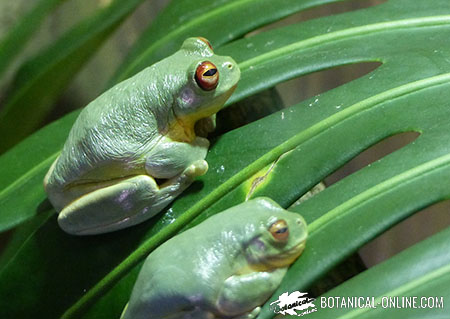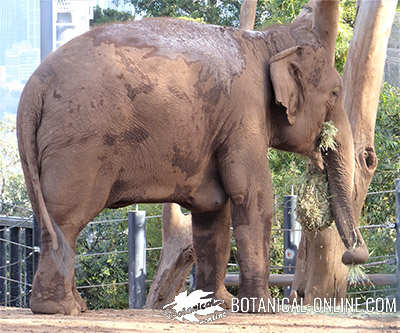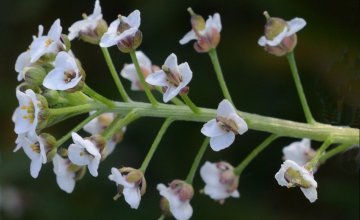Contents
Study on annelids
What are annelids?

Annelids are terrestrial, aquatic or marine invertebrate animals, with a closed and simple blood circulation.
These animals have the worm-shaped body or cylindric-shaped, because they are vermiform creatures. Their body is also soft and elongated type, and do not have legs.
What most characterizes annelids and gives them their name is the segmentation of their body into rings, a process known as metamerism.
The body of annelids
Annelids are coelominated animals, because they have this general cavity called coelom.
These invertebrates show the body divided into rings, similar to each other, called metamers.
Earthworms and leeches, that is, oligochaetes and Hirudinea, have a special structure, called clitellum.
Types of annelids

Among the best known classes of annelids we find:
- Oligochaetes: They are the well-known earthworms, of terrestrial behavior. Unlike polychaetes, oligochaetes have a much smaller heads and no sense organs, and they lack parapodia.
- Polychaetes: They are aquatic worms, almost all of them are marine. They are very primitive animals.
- Leeches: Leeches or hirudíneos are annelids of aquatic life, although there are also marine, terrestrial and even arboreal species. Not all leech species are parasitic, because there are also free-living species. The outer rings of the leeches’ body are different from the inner rings of these animals.
The skin of annelids

The skin of annelids is lined by a collagen cuticle that, unlike the cuticle of arthropod invertebrates, does not shed.
Where do annelids live?
In this group of invertebrate animals there is a great ecological diversity and we can find marine annelids, freshwater, terrestrial and even a few parasites.
Polychaetes live in the sea, oligochaetes in fresh water or on land, and leeches or Hirudinea inhabit in freshwater aquatic environments.
Annelid respiration
All annelids show cutaneous respiration, effected through the surface of their body.
Some annelids also have branchial respiration.
Reproduction of annelids
Annelids can be hermaphroditic or unisexual. They reproduce by external or internal fertilization and have direct or indirect life cycles, with metamorphosis.
The specific reproductive type of this group of invertebrates depends on the specific class of annelid, that is, depending on whether it is an oligochaete, polychaete or Hirudinea.
Annelids feeding
The feeding of annelids is very varied and depends on the class to which they belong. Marine worms do not have the same type of diet, as earthworms or leeches.
We can find predatory annelids, detritivores, filter feeders and even hematophagous, when they feed on blood, like some leeches.
![]() More information on animals
More information on animals








